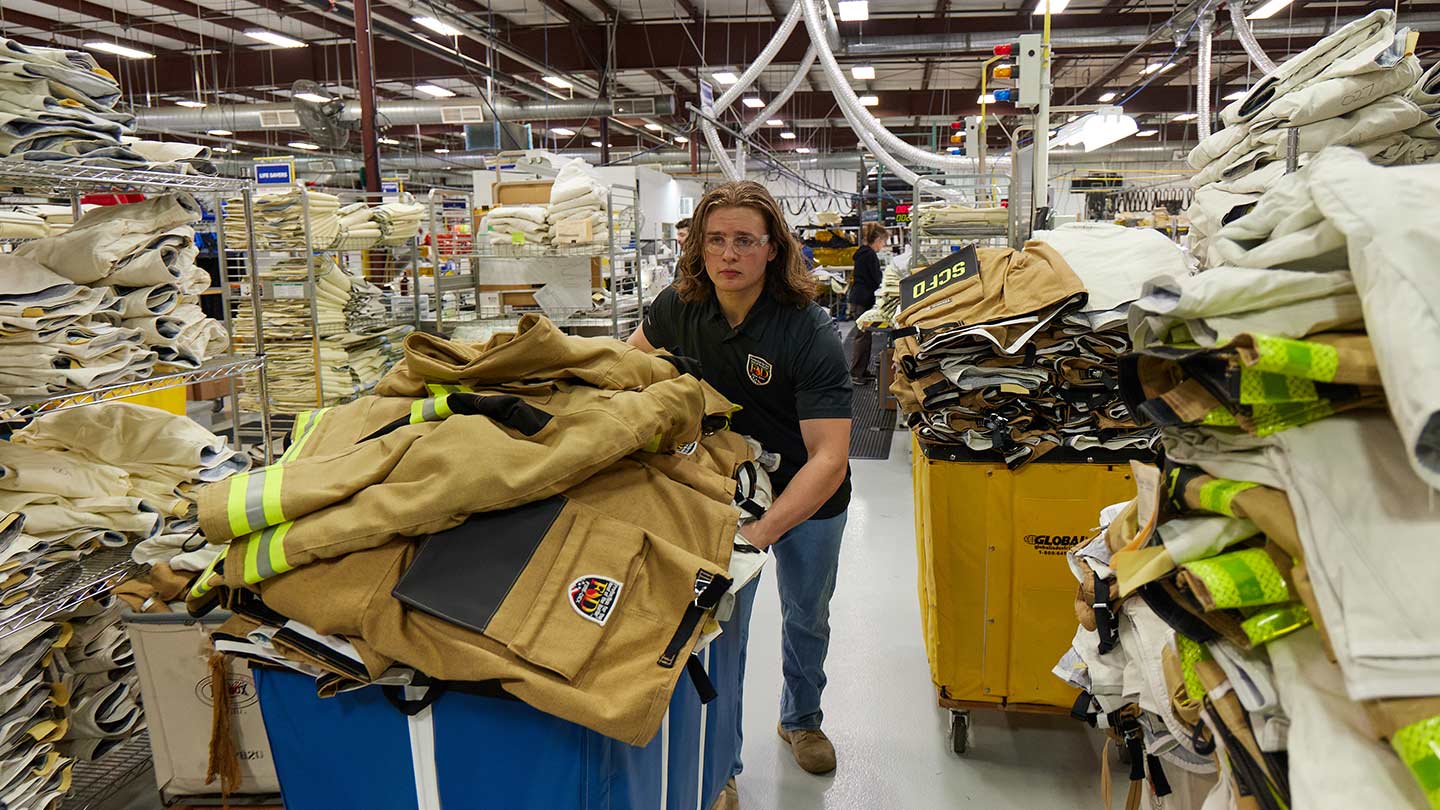Removing Key Barriers Offers Greatest Hope
Developed as part of JPMorgan Chase’s $100 million commitment to the city’s economic recovery, the report is intended to help focus and align different workforce development efforts and investments, including those made by the Mayor’s Detroit Workforce Development Board. The first report, “Detroit’s Untapped Talent,” mapped out major challenges facing the city’s workforce, including a shortage of jobs suitable for Detroit workers’ skill levels and the need for training programs to help workers attain the skills sought for available jobs.
- Institutional barriers make it especially hard for Detroit’s lowest-skilled job seekers to find jobs: Too many of the programs that aspiring workers need function in siloes and are unnecessarily hard to access. For example, only a few workforce organizations are offering foundational skills, such as literacy training, GED or high school equivalency programs and English for other language speakers. Those seeking post-secondary education, more often than not, may have to travel to the Tri-County to obtain it. Meanwhile, only about half of service providers offer targeted programming designed to address the needs of special populations, such as ex-offenders. The good news is that these are all problems that can be addressed, especially through greater coordination between partners and across services.
- Employer engagement is still low, but improving: Too many job training programs lack information about actual workforce needs and the career pathway opportunities that local employers have to offer. Meanwhile, too many employers lack useful information about the local labor market. These trends suggest greater employer engagement would accelerate the pace of job growth and job placement.
- Data, information and knowledge sharing are inconsistent: Like many other cities across the U.S., Detroit lacks common ways to collect or evaluate data and outcomes for the workforce development system as a whole. There is also no clear line-of-sight between what the system promotes, measures or rewards. Solving the data problem and using that data to drive metrics and outcomes would help the city leverage more of its current and future efforts and investments in workforce development.
- How can we best integrate crime-ridden slums with safer city areas and deliver public goods to marginalized populations?
Removing Key Barriers Offers Greatest Hope
Developed as part of JPMorgan Chase’s $100 million commitment to the city’s economic recovery, the report is intended to help focus and align different workforce development efforts and investments, including those made by the Mayor’s Detroit Workforce Development Board. The first report, “Detroit’s Untapped Talent,” mapped out major challenges facing the city’s workforce, including a shortage of jobs suitable for Detroit workers’ skill levels and the need for training programs to help workers attain the skills sought for available jobs.
- Retail, Hospitality, Arts and Recreation: Jobs in these industries require minimal workforce preparation, yet typically do not pay a living wage. Even so, as of April 2015, there are more unemployed Detroiters holding only a high school diploma (41,000) than there are total job openings in this sector (38,000 openings). These jobs are more plentiful in the suburbs. But the lack of transportation options puts an additional burden on employees in these industries.
- Healthcare: Job opening data suggests that healthcare training programs for minimal and moderate preparation jobs, such as Certified Nursing Assistants, may be over-producing graduates. At the same time, healthcare employers are having a hard time finding people to fill entry level and middle skills jobs. These trends speak to the need for better coordination between those who are providing the training and those who are hiring.
- Manufacturing: Manufacturing has seen steady growth in both the city of Detroit and the surrounding Tri-County area. But there are only a few manufacturing-specific work readiness programs in Detroit.
- Transportation, Distribution and Logistics: This sector makes up 6 percent of all employment in the city, and grew by 12 percent from 2009 to 2014, although recent growth has been slower. Forty-one percent of jobs in the industry require only minimal preparation, yet almost 60 percent of jobs pay moderate wages, making it a potentially good pathway for lower-skilled residents of the city.
- Construction: The construction industry represents only a small percentage of Detroit’s overall economy and the job opening count has decreased over the last few years. However, with large infrastructure projects in Detroit’s near future, training in the construction sector maps well to the hiring trends.
- Information Technology: Software developers and other information technology workers are in high demand in Detroit. But there are no minimal-preparation level job openings. While training programs are available, a high level of education and literacy is required for success in these programs, making them out of reach for many of those in need.
About JPMorgan Chase & Co.
JPMorgan Chase & Co. (NYSE: JPM) is a leading global financial services firm with assets of $2.4 trillion and operations worldwide. The Firm is a leader in investment banking, financial services for consumers and small businesses, commercial banking, financial transaction processing, and asset management. A component of the Dow Jones Industrial Average, JPMorgan Chase & Co. serves millions of consumers in the United States and many of the world's most prominent corporate, institutional and government clients under its J.P. Morgan and Chase brands. The firm uses its global resources, expertise, insights and scale to address some of the most urgent challenges facing communities around the world including the need for increased economic opportunity. Information about JPMorgan Chase & Co. is available at www.jpmorganchase.com.
About Corporation for a Skilled Workforce
Corporation for a Skilled Workforce is a national nonprofit that partners with government, business, and community leaders to connect workers with good jobs, increase the competitiveness of companies, and build sustainable communities. For more than 24 years, we have been an effective catalyst for change. We identify opportunities for innovation in work and learning and provoke transformative change in policy and practice. We have worked with dozens of workforce investment boards, state and local workforce agencies, community-based organizations, foundations, federal agencies, and colleges to create lasting impact through their collaborative action.



